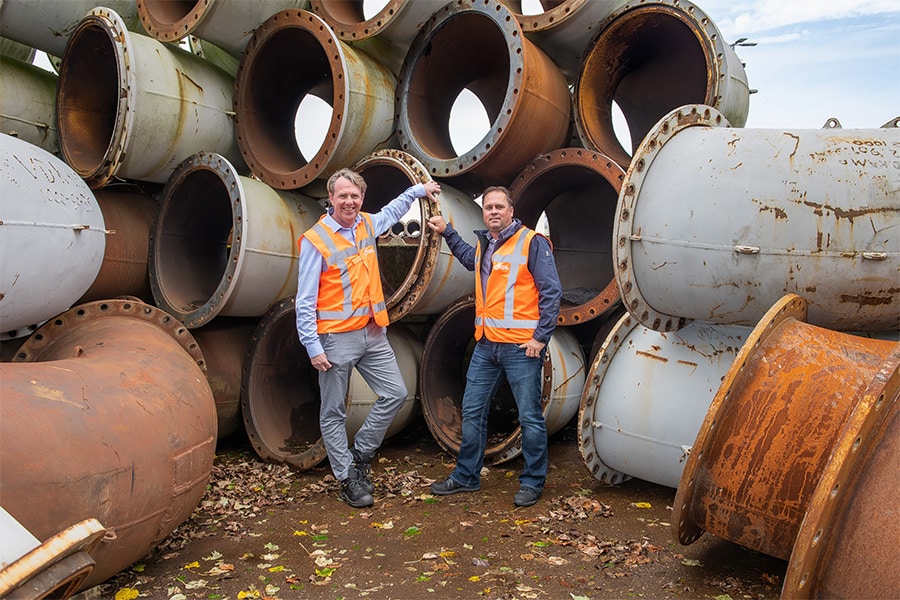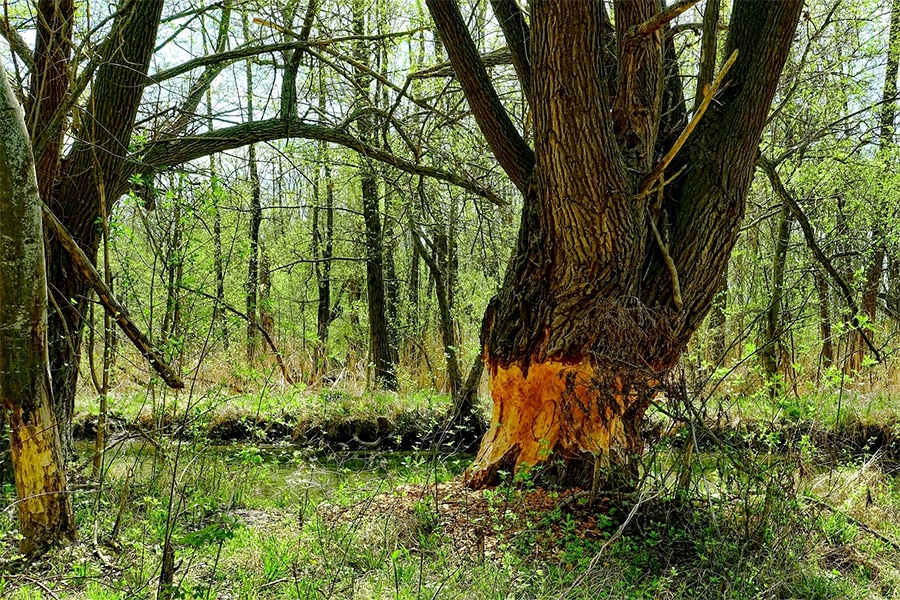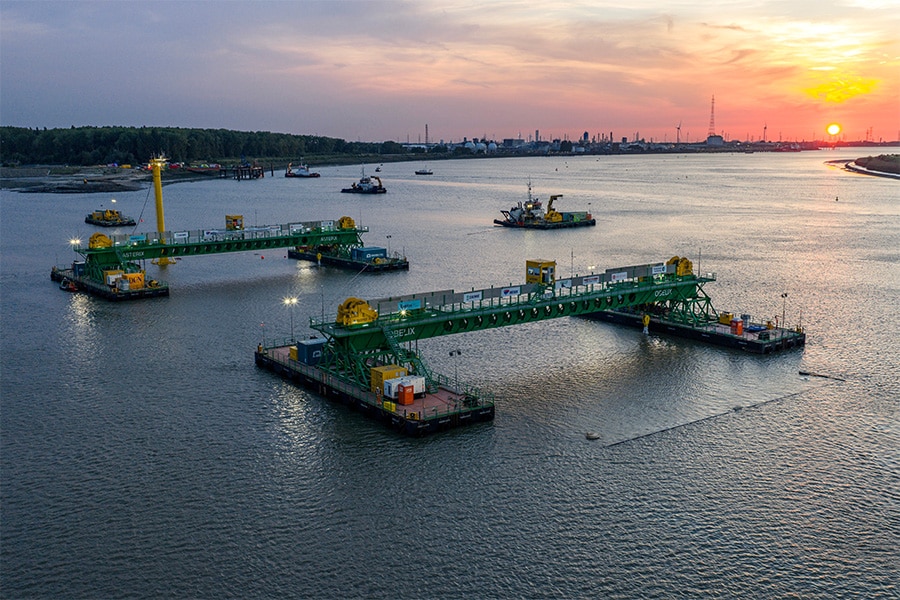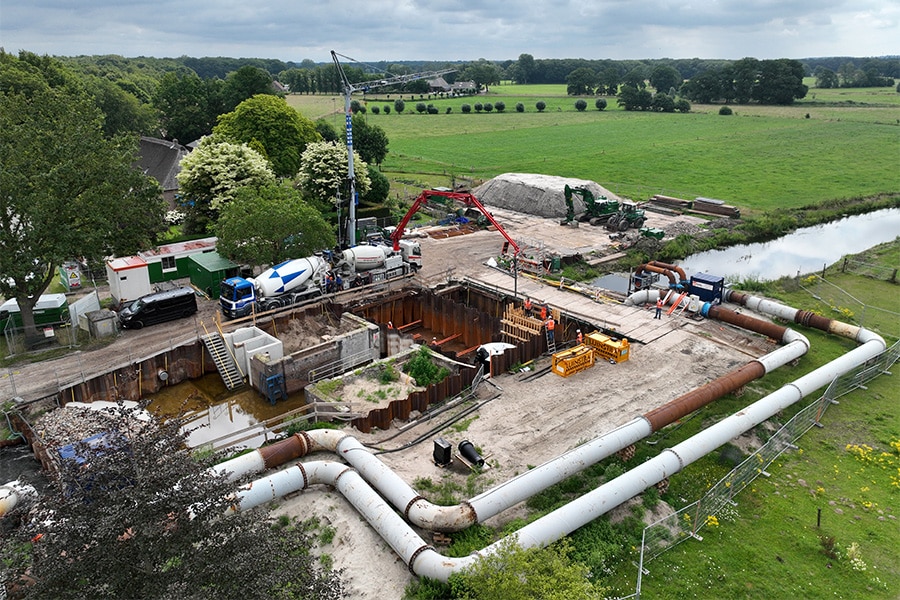
The Stouwe Pumping Station
A compact masterpiece
Waterschap Drents Overijsselse Delta (WDODelta) faces a huge challenge. It manages 370 pumping stations and 1,980 dams, which are renovated or replaced on average once every 25 years. To make that process more efficient and future-proof, the water board entered into a framework agreement with three contractors in 2023. Van Heteren Weg- en Waterbouw is one of them, and they are currently working on the renovation of De Stouwe pumping station: a compact masterpiece where almost everything comes together.
Pumping stations and dams last about thirty years. "After that, they are technically and functionally due for replacement," says Jannick Knol, design manager at Waterschap Drents Overijsselse Delta. "The framework agreement allows us to renovate or replace more objects in a shorter lead time. Each contractor carries out an average of five projects per year, which means we can get on with it in a big way." Ewout Aman, project manager at Van Heteren, adds: "A construction team makes cooperation much more intensive. You build up knowledge, get to know each other's working methods and can therefore switch faster. It also means for us as a contractor that we have continuous projects in design, execution and aftercare."
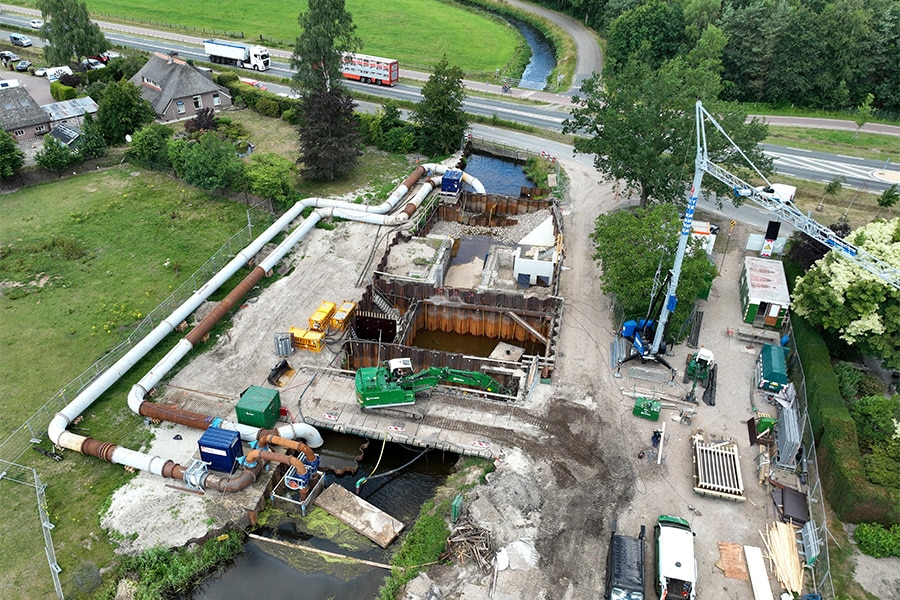
Respect for the past
The Stouwe has a long history. Once there was a flood lock here to protect the hinterland during high water in the Vecht. In the 1990s a pumping station was built on the same spot, integrated into the old lock. Now, more than thirty years later, that pumping station is also in need of renovation. "The old floodgate has lost its function, but we wanted to restore it to its former glory," explains Knol. "The new installation was designed independently of the lock, but with respect for the historical context. The design does justice to both the history and meets current water safety requirements." Moreover, the pumping station is located in the middle of a primary flood barrier. "Part of the barrier turned out to be too low," Aman knows. "We have included raising it as a co-opportunity for the High Water Protection Program, where we are raising 50 meters of barrier to height so that the area will continue to be well protected in the future."
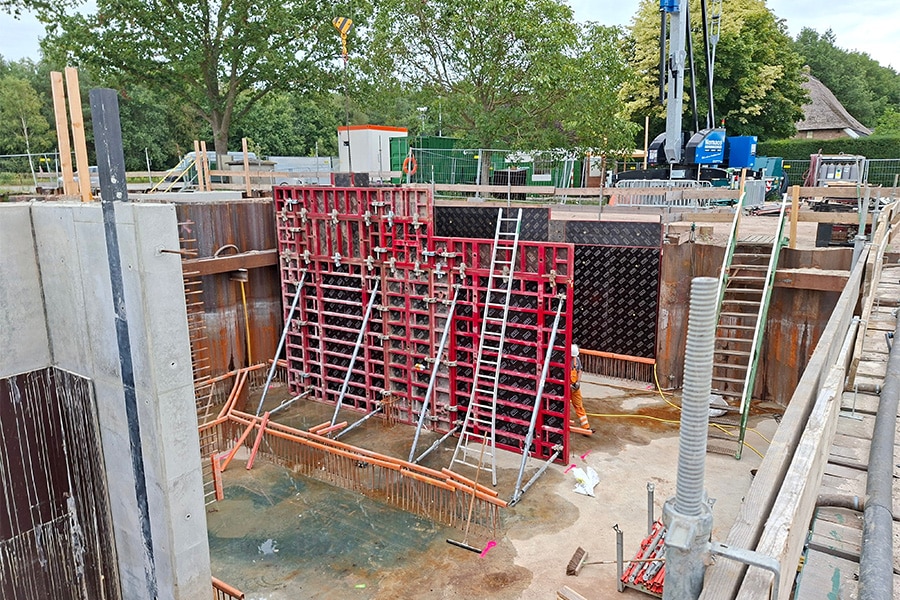
Complex water task
The Stouwe is located on a small plot of just 20 by 10 meters. Yet a pumping station that can both feed and discharge had to be built here. Knol: "That makes this location unique. Usually it is either one or the other. Here we have to be able to do both. In dry periods we supply water with two pumps, in wet periods we discharge via the weir. But when the Vecht is high, the water can no longer flow freely. At high tide, a 'high water pump' then switches on, which can pump as much as 96 cubic meters per minute." Aman: "And all that on a few square meters, while preserving the old lock and in the middle of the barrier. Technically and spatially an enormous puzzle." In addition to pumps and weirs, a fish elevator is also part of the design. It is the first fish elevator in the working area of WDODelta. "This ensures that fish can migrate both upstream and downstream, a requirement from the European Water Framework Directive."
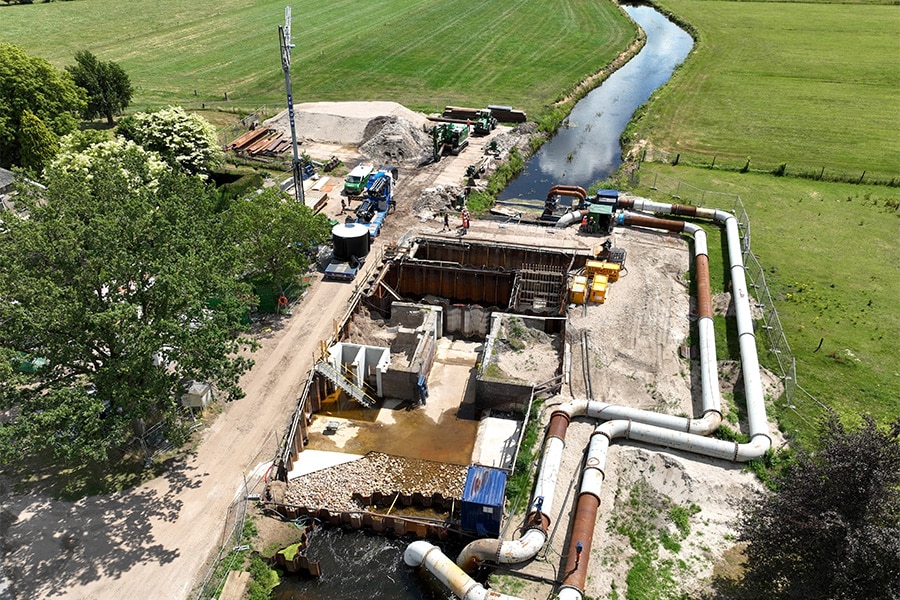
Spatial quality
For the superstructure, the building that houses the motors for the pumps, conscious thought was given to appearance and sustainability. "Together with the architect, we chose circular cladding," says Knol. "Azobé planks that were released elsewhere are given a second life here. In the design, too, we drew inspiration from the old floodgate. This is how we connect the past with the future."
The surrounding area also benefits. Aman: "A little bridge that was blown up in the Second World War is being brought back. And we are making the old road from Ommen to Dalfsen visible in the pavement. This way we make history tangible."
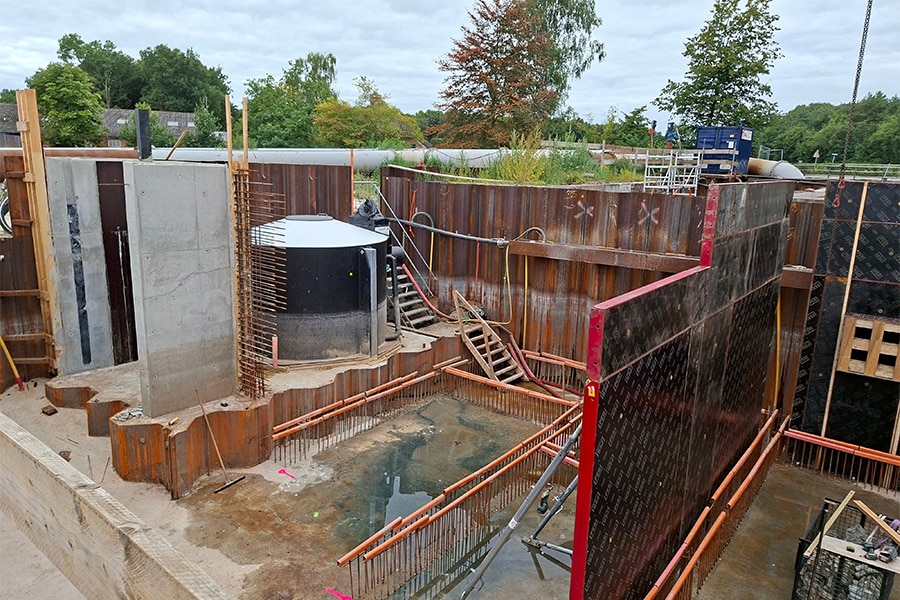
Involvement
Also special is the cooperation with the Deltion College in Zwolle. Students are making replicas of the old lock doors based on historical photographs. These doors will be given an optical place in the water, just below the waterline. "This is a wonderful way to involve young people in our work," says Aman. "They not only learn about engineering, but also about the value of cultural heritage." The involvement of local residents was just as important. Knol: "We are literally working in our neighbors' gardens. Without their cooperation, we could not have realized this project. There has been good consultation and that has helped enormously."
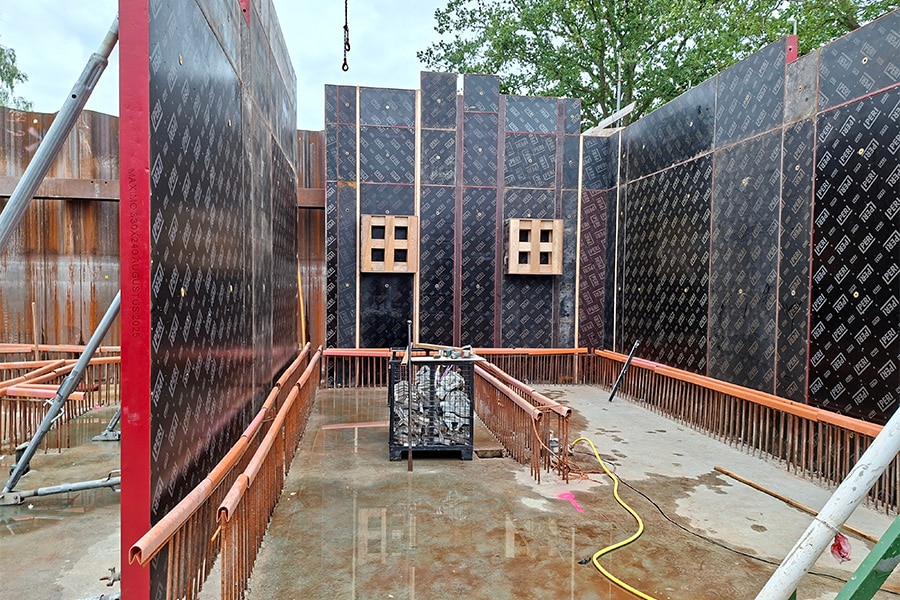
On schedule
Van Heteren started construction of De Stouwe pumping station in April 2025, just after the flood season. "We dammed the pumping station all around with sheet pile walls. A temporary pumping station will take care of water control during construction, and it too will work both ways, if necessary," Aman assures us. According to him, the work is still neatly on schedule. The project will be completed on schedule in December." In parallel, the construction team is working on several other projects: from small weirs and inlets to new pumping stations already in preparation for 2026. This illustrates the strength of the framework agreement: there is always a continuous flow of projects in different phases. This allows WDODelta to work with its partners on stable production and a future-proof area. "After all, pumping stations and dams are crucial links for distributing water. They feed water in or out, thus keeping an area at the right level and ensuring the right balance between too much and too little water."
Pumping Station De Stouwe is much more than a technical renovation. It is a project in which history, innovation, sustainability and cooperation come together. On a small piece of land, an installation is being built that is ready for the future while doing justice to the past. Thanks to the use of modern technology, sustainable materials and committed partners, a compact masterpiece is being realized here.
